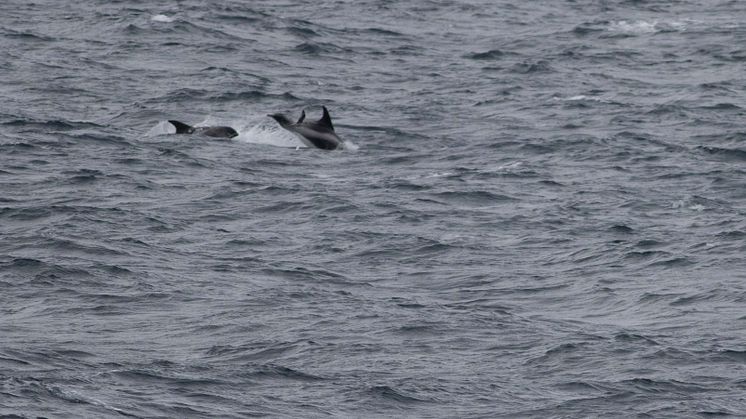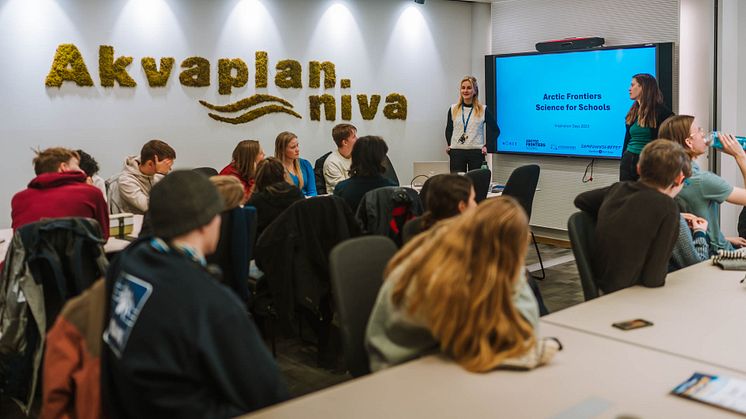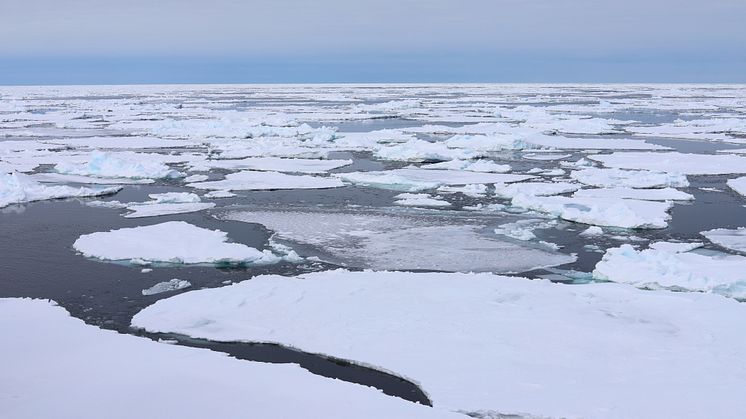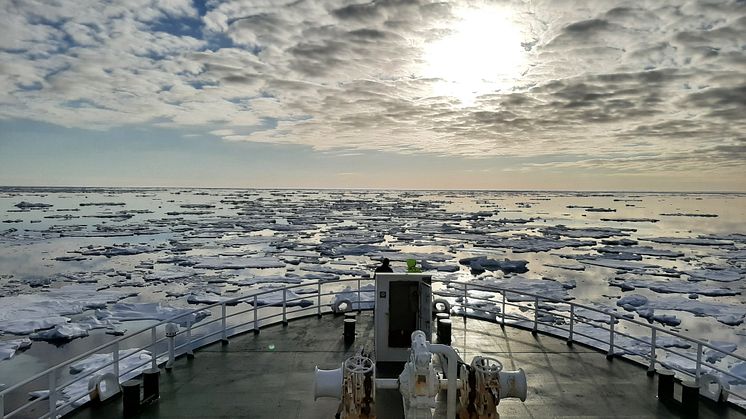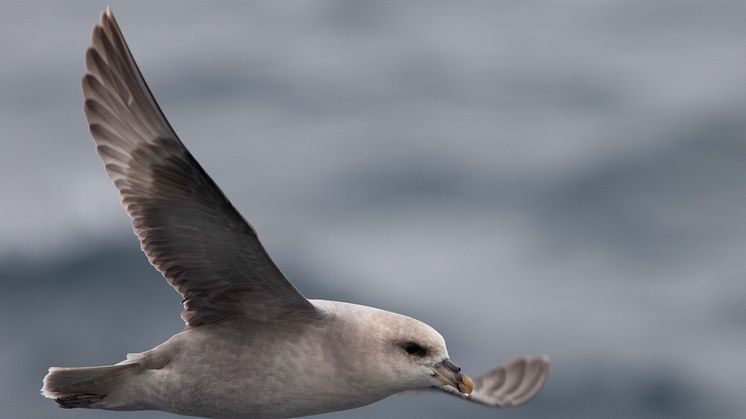
Blogginnlegg -
Arctic wildlife at polar front research cruise
By MSc student Lars Ursem (lars.ursem@wur.nl)
When writing this it has been over a week since I left Tromsø to go on this research cruise to the polar front. Unfortunately, we do not have a dedicated marine mammal and seabird survey going on onboard as we have encountered a lot of wildlife over the past few days.
In terms of birds there is, of course, the “normal” stuff with northern fulmars and black-legged kittiwakes being constantly present around the boat. However, regarding the fulmars, the nice thing on this cruise has been the high numbers of the darker “blue” morph. Now, for people frequently visiting the Arctic on cruises such as this one, this might not seem so special, however, for a Dutch guy like me, the “white” morph individuals are the ones that I am used to, with the blue ones being something only to be seen in the high arctic. This trip pretty much confirmed this feeling with the fraction of blue individuals steadily increasing as we headed north.
Luckily for the bird-people on the vessel, there has also been some less common species to be observed during the cruise. In the beginning of the trip, puffins were a regular sight flying around the boat with the occasional northern gannet cruising by as well. Later on, as we were on the same latitude as Bjørnøya and Hopen, the first high arctic species started to show themselves with Brünnich’s guillemots being numerous on day four or five and glaucous gulls checking out the boat every now and then. For the ones spending a bit more time looking for wildlife, little auks and pomarine skuas could be observed as all of them were seen around the boat at some point. True and exciting arctic stuff!

The thick-billed murre or Brünnich's guillemot (Photo: Lars Ursem).
Now for the big ones. Birds were not necessarily the main focus for most of us and luckily not the only animals to be seen from the bridge. Already on the first evening of the trip, a couple of fin whales were sighted passing by in front of the boat. The captain even mentioned to have seen whole groups of them early the next morning! Unfortunately, not many sightings were done after this initial great start. A handful of minke whales were seen during the rest of the cruise but always briefly and never close to the boat. However, a pod of about eight white-beaked dolphins did show nicely with many on board being able to catch a glimpse of these nice and playfully looking dolphins as they jumped out of the water during their hunt for fish.

White beaked dolphin (Photo: Lars Ursem)
With the weather being fairly calm at the moment and some steaming time ahead, hopes are high to add some more marine mammal species/numbers to the list so far. It will be exciting to see what else we can find!
About the PolarFront project:
The PolarFront project is financed by the Research Council of Norway. It is led by Akvaplan-niva (project leader Paul Renaud) and partners are UiT the Arctic University of Norway, the Norwegian Polar Institute, Scottish Association for Marine Science, Memorial University, the Institute of Oceanology – Polish Academy of Science, Equinor og ConocoPhillips.
More info: https://prosjektbanken.forskningsradet.no/en/project/FORISS/326635


